There are five patriarchal Basilicas in Rome, corresponding to the 5 patriarchates of the old Pentarchy of the undivided Church, of which four are major basilicas and one is a minor basilica.
The Major Basilicas are St. John Lateran, the Cathedral of Rome and Mother of all the Churches in the City and the World.



St. Peter's Basilica, the Patriarchal Basilica assigned to Constantinople
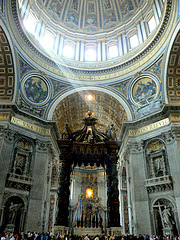


 The Basilica of St. Paul's outside the Walls assigned to Alexandria
The Basilica of St. Paul's outside the Walls assigned to Alexandria

 The Basilica of St. Mary Major assigned to Antioch.
The Basilica of St. Mary Major assigned to Antioch.

 The Minor Basilica of St. Laurence outside the Walls, assigned to Jerusalem
The Minor Basilica of St. Laurence outside the Walls, assigned to Jerusalem





From Zenit:
4 Basilicas in Rome Designated "Papal"
VATICAN CITY, DEC. 12, 2006 (Zenit.org).- From now on, Rome's four patriarchal basilicas will be called "papal" basilicas.Cardinal Andrea Cordero Lanza di Montezemolo, archpriest of the Basilica of St. Paul Outside the Walls, made that announcement Monday.
At a press conference, the cardinal clarified that "many thought that the title 'patriarchal' referred to the fact that through the latter the Pope exercised his title of 'Patriarch of the West,' in contrast to the 'Patriarch of the East,' something which is not at all true."
For historical and ecumenical reasons, Benedict XVI has decided to give up the title "Patriarch of the West."
The basilicas to be known henceforth as "papal" rather than "patriarchal" are St. Peter's, St. John Lateran, St. Paul's Outside the Walls and St. Mary Major.
"The four basilicas had been given in the past by the popes, as a base in Rome, to the Catholic Eastern patriarchs, not as an official title," clarified the cardinal. "Therefore, the Pope has decided that from now on the four major basilicas will be called 'papal' basilicas."
Earlier on, when the Pope dropped his title of Patriarch of the West, the Pontifical Council for Promoting Christian Unity issued this clarification on that title and also sheds some light on the usage of the Patriarchal Basilicas in Rome. The original document can be found on the Vatican website here. Zenit's translation:
Date: 2006-03-22
Communiqué on Title "Patriarch of West"
Issued by Pontifical Council for Promoting Christian Unity
VATICAN CITY, MARCH 22, 2006 (Zenit.org).- Here is a translation of a communiqué issued today by the Pontifical Council for Promoting Christian Unity to explain Benedict XVI's decision to omit the papal title "Patriarch of the West" in the 2006 Pontifical Yearbook.* * *
Absent from the list of the Pope's titles in the 2006 Pontifical Yearbook is the title "Patriarch of the West." This absence has been commented on in different ways and calls for clarification.
Without attempting to consider the complex historical question of the title of patriarch in all its aspects, from the historical perspective it can be affirmed that the ancient patriarchs of the East, defined by the Councils of Constantinople (381) and of Chalcedon (451), covered a fairly demarcated territory. At the same time, the territory of the see of the Bishop of Rome remained somewhat vague.
In the East, under the ecclesiastical imperial system of Justinian (527-565), alongside the four Eastern patriarchates (Constantinople, Alexandria, Antioch and Jerusalem), the Pope was included as the Patriarch of the West. Rome, on the other hand, favored the idea of the three Petrine episcopal sees: Rome, Alexandria and Antioch. Without using the title "Patriarch of the West," the Fourth Council of Constantinople (869-870), the Fourth Lateran Council (1215) and the Council of Florence (1439) listed the Pope as the first of the then five Patriarchs.
The title "Patriarch of the West" was adopted in the year 642 by Pope Theodore. Thereafter it appeared only occasionally and did not have a clear meaning. It flourished in the 16th and 17th centuries, in the context of a general increase in the Pope's titles, and appeared for the first time in the "Annuario Pontificio" in 1863.
The term "West" currently refers to a cultural context not limited only to Western Europe but including North America, Australia and New Zealand, thus differentiating itself from other cultural contexts. Obviously, this meaning of the term "West" does not try to describe an ecclesiastical territory, and cannot be used as the definition of a patriarchal territory.
If we wish to give the term "West" a meaning applicable to ecclesiastical juridical language, it could be understood only in reference to the Latin Church. In this way, the title "Patriarch of the West" would describe the Bishop of Rome's special relationship with the Latin Church, and his special jurisdiction over her.
Therefore, the title "Patriarch of the West," never very clear, over history has become obsolete and practically unusable. It seems pointless, then, to insist on maintaining it. Even more so now that the Catholic Church, with the Second Vatican Council, has found, in the form of episcopal conferences and their international meetings, the canonical structure best suited to the needs of the Latin Church today.
Abandoning the title of "Patriarch of the West" clearly does not alter in any way the recognition of the ancient patriarchal Churches, so solemnly declared by the Second Vatican Council ("Lumen Gentium," No. 23). The renouncement of this title aims to express a historical and theological reality, and at the same time could prove useful to ecumenical dialogue.
[Translation by VIS; adapted]
![[Unam Sanctam]](https://blogger.googleusercontent.com/img/b/R29vZ2xl/AVvXsEiymQ2adTjpZ1ABhPBbBBquiPCxeQrc4Jy_97vOikT0wGQeJleriiXQy6ebnb0jrYe-TfvcK77txStB4aIwVAdD41ZdMkVfNtFGC0JX6LBV9B8mfeRZaIAM7Sj-011ag3DiKQzv/s1600/headerdivinemercy.jpg)












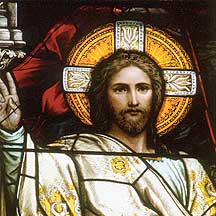
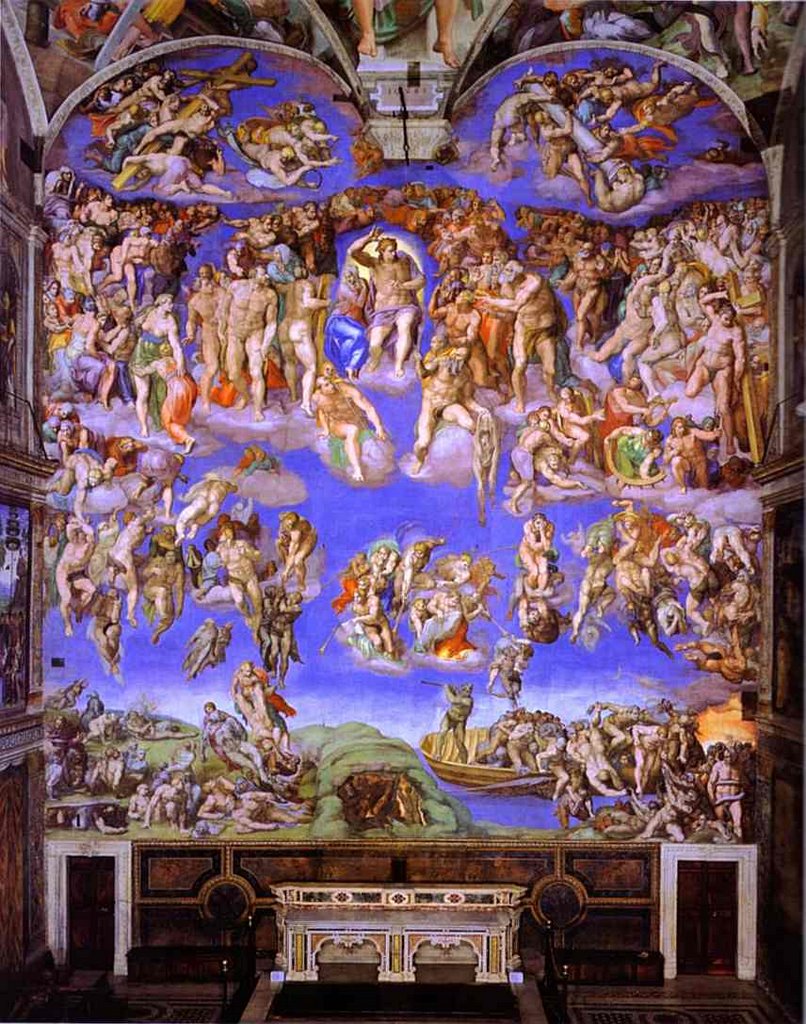


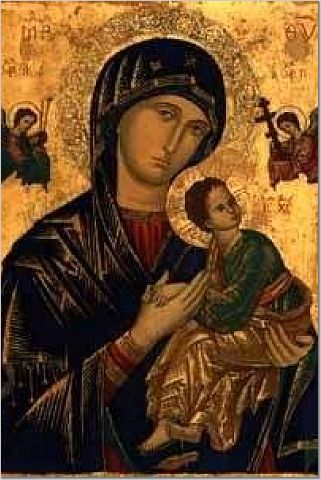



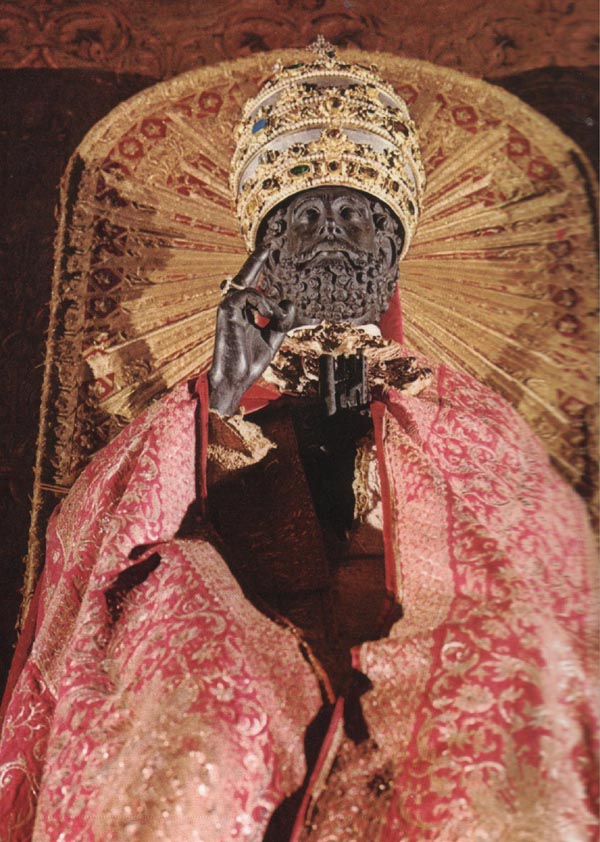
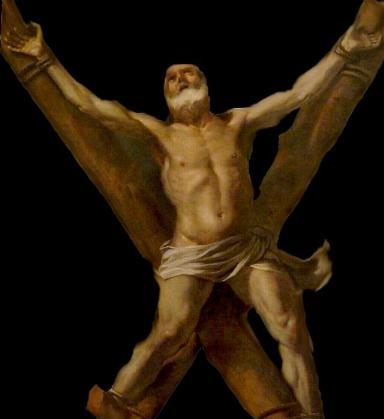

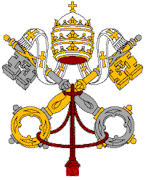


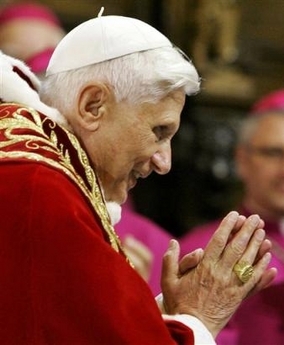






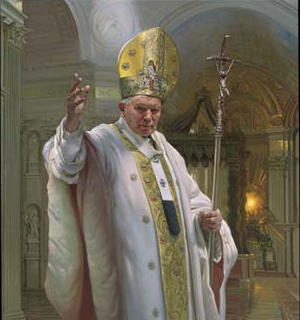
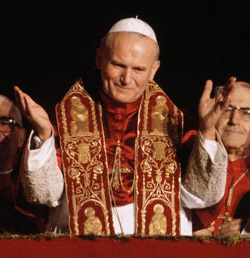
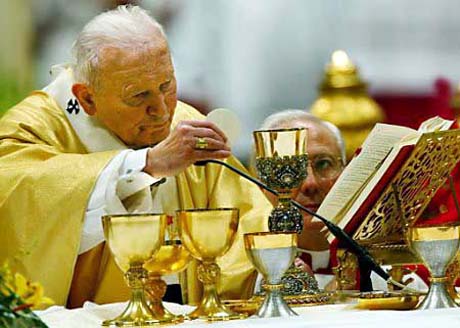
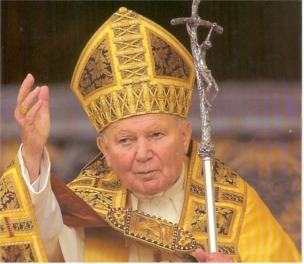






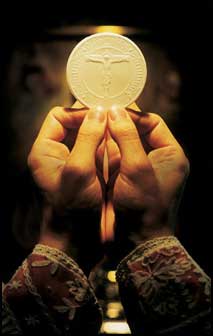
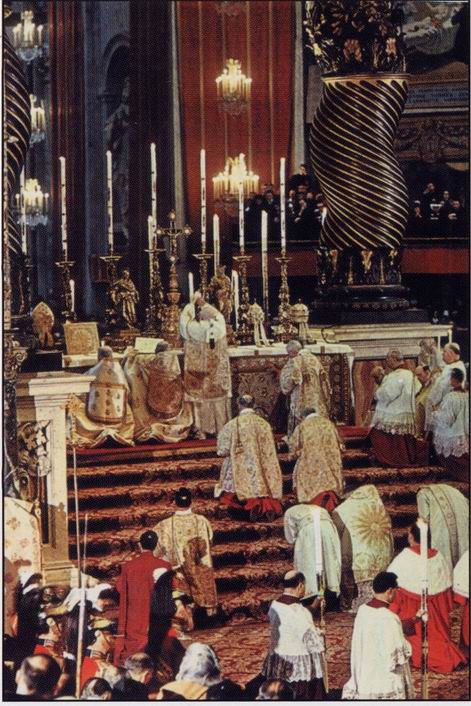



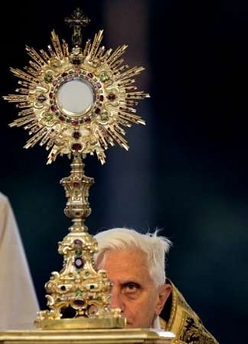


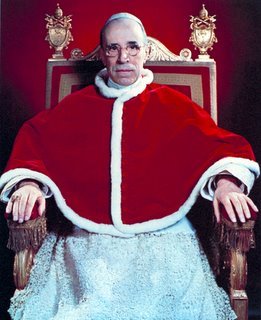




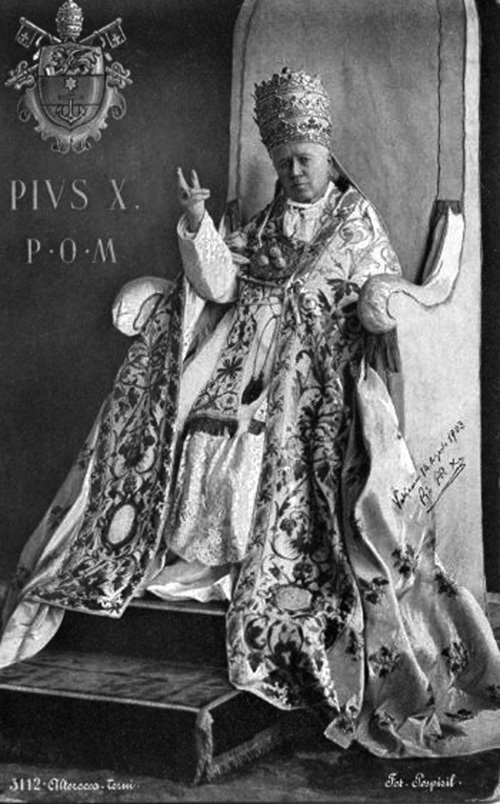










3 comments:
Beautiful photos, Andrew. They're going straight into my screensaver. Such wonderful places provide hope by just being there, I think.
Mr. Smith, thanks for dropping by.
Since you like the photos, I'm going to cobble together a photo post on the Patriarchal, oops... Papal Basilicas of Rome just for you.
Look out for it soon.
Many thanks, Andrew. Beautiful things are always good to see.
Post a Comment